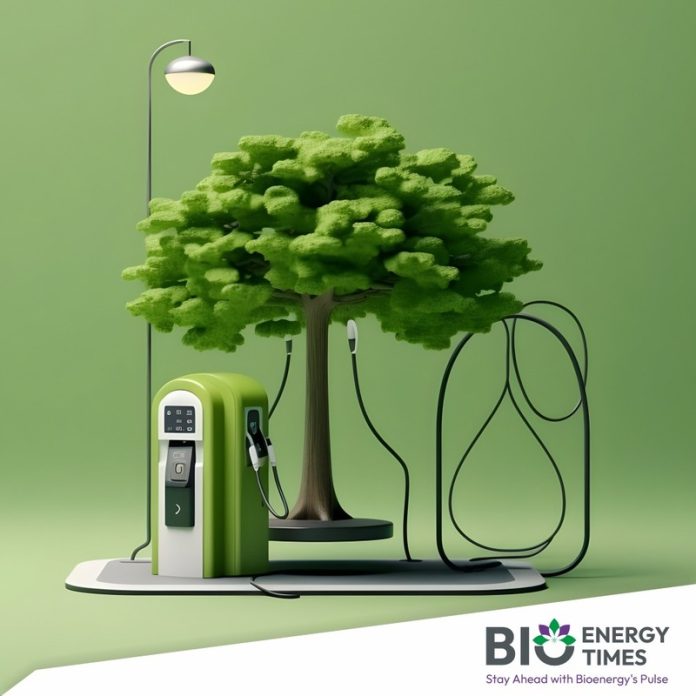Namibia is intensifying efforts to turn its rich solar and wind resources into green hydrogen, positioning the fuel as a clean option for aviation and a key ingredient for synthetic kerosene. The Namibia Green Hydrogen and Derivatives Strategy, supported by International Energy Agency (IEA) findings, estimates that the country could produce green hydrogen at about US$1.2–1.6 per kg by 2030, placing Namibia among the most competitive producers worldwide, reports Africa 24.
The government is moving swiftly to cut emissions in the aviation sector by tapping into these renewable resources. Namibia has set a target to meet 70% of its electricity needs from renewable sources by 2030 and aims to produce 12 million tonnes of green hydrogen each year by 2050. During a workshop in Swakopmund, the Ministry of Works and Transport outlined plans to bring hydrogen-based fuels into the country’s aviation energy supply, aligning national goals with global efforts to reduce carbon emissions.
“We need to adopt a clear and flexible approach as we work toward the 2050 target for zero carbon emissions. These goals must be reviewed regularly to match changing global conditions,” said Jonas Sheelongo, Director at the Ministry of Works and Transport.
The shift toward green hydrogen in aviation marks a major step for Namibia’s air transport industry. If the transition succeeds, it could lower emissions, boost industrial activity and strengthen the country’s position as an exporter of clean fuels. However, Sheelongo noted that the plan will require strong investment in infrastructure and policy support to ensure the fuel becomes financially viable.
“It is our shared duty to move from discussion to real action. We must draw on global collaborations, set clear long-term objectives and turn our promises into concrete national projects,” Sheelongo added.
Reaffirming Namibia’s potential, the national hydrogen strategy and IEA studies highlight that green hydrogen could be produced at highly competitive prices by 2030. As aviation remains one of the sectors hardest to decarbonise, synthetic kerosene and other hydrogen-based fuels are gaining traction as practical alternatives. With its long-term vision, Namibia aims to become both a leader in renewable energy and a future centre for green aviation fuels.















